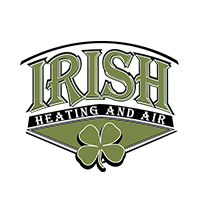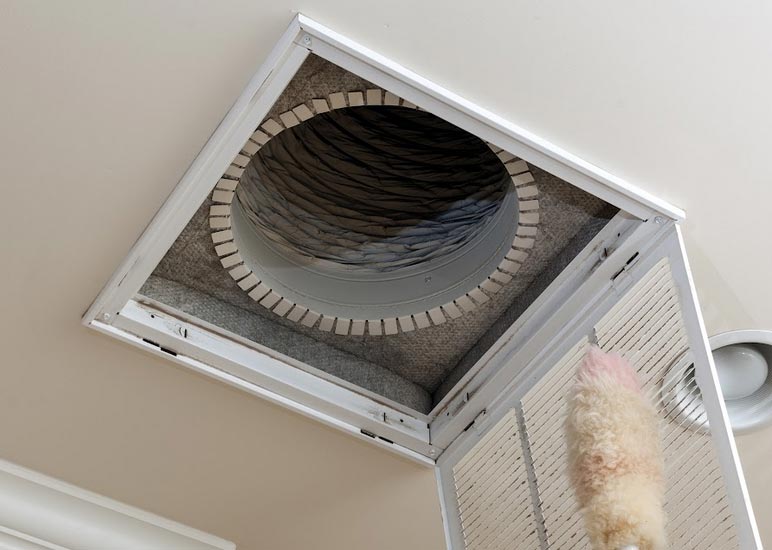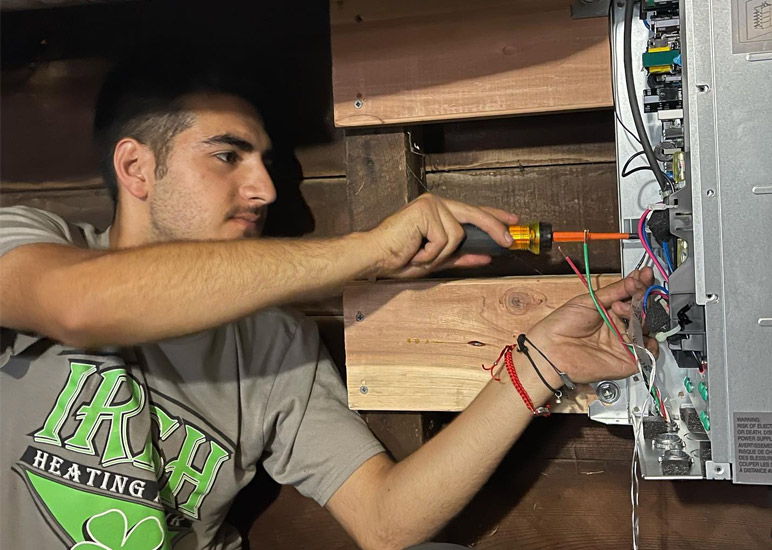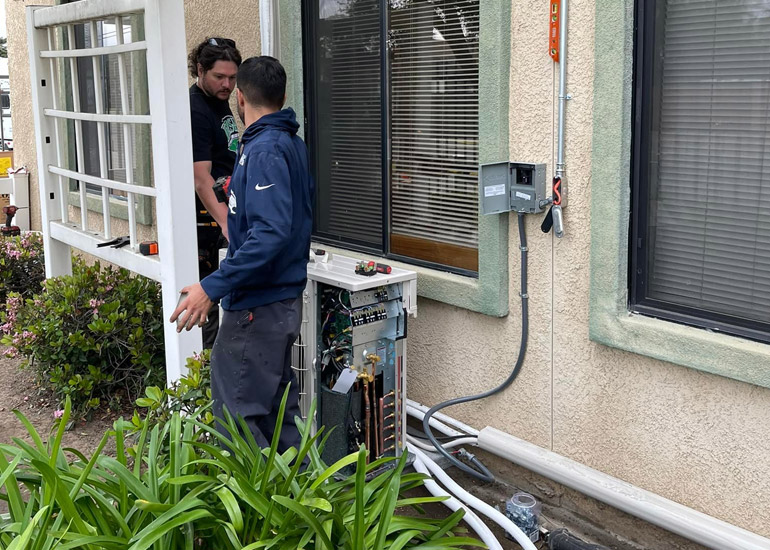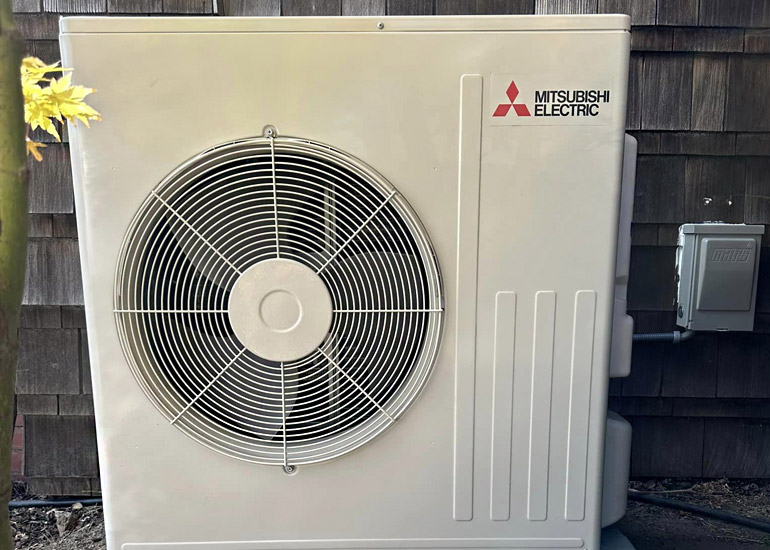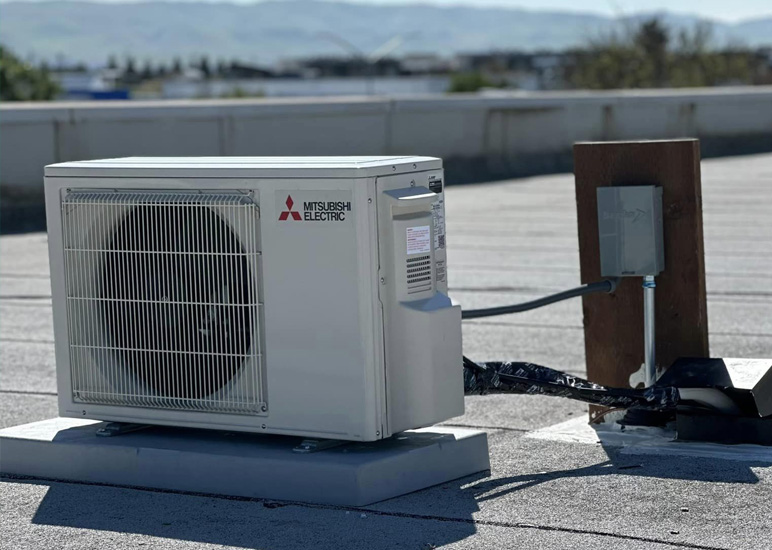 When it comes to keeping retail properties cool and comfortable, selecting the right air conditioning system is crucial. Not only does it affect the comfort of customers and employees, but it also impacts energy efficiency and operating costs. Let’s take a look at some of the best air conditioning options for retail properties:
When it comes to keeping retail properties cool and comfortable, selecting the right air conditioning system is crucial. Not only does it affect the comfort of customers and employees, but it also impacts energy efficiency and operating costs. Let’s take a look at some of the best air conditioning options for retail properties:
- Central Air Conditioning Systems: Central air conditioning systems are commonly used in larger retail spaces due to their ability to provide consistent cooling throughout the entire building. These systems typically consist of a large compressor unit located outside the building and ductwork that distributes cool air throughout the space. Central air conditioning offers precise temperature control and is suitable for maintaining a comfortable environment in large retail stores with high foot traffic.
- Variable Refrigerant Flow (VRF) Systems: VRF systems are gaining popularity in retail properties due to their energy efficiency and flexibility. These systems use refrigerant as the cooling medium and can vary the flow of refrigerant to individual indoor units, allowing for zone-based cooling. VRF systems are ideal for retail spaces with varying cooling needs in different areas, such as department stores or shopping malls. They offer excellent energy savings by only cooling the areas that need it, resulting in lower operating costs.
- Ductless Mini-Split Systems: Ductless mini-split systems are an excellent option for retail properties where installing ductwork is impractical or costly. These systems consist of an outdoor compressor unit connected to one or more indoor air-handling units mounted on walls or ceilings. Ductless mini-splits offer flexibility in zoning and temperature control, making them suitable for retail spaces with irregular layouts or specific cooling requirements for different areas. Additionally, they are energy-efficient and provide quiet operation, enhancing the shopping experience for customers.
- Packaged Terminal Air Conditioners (PTAC): PTAC units are commonly used in smaller retail spaces, such as boutique stores or individual shops within a shopping center. These self-contained units are installed through an exterior wall and provide both cooling and heating capabilities. PTAC units are cost-effective, easy to install, and offer individual temperature control for each retail space, allowing tenants to adjust the settings according to their preferences. However, they may not be suitable for larger retail properties due to their limited cooling capacity.
- Energy Management Systems (EMS): Implementing an energy management system can optimize the performance of air conditioning systems in retail properties. EMS technology allows property managers to monitor and control HVAC equipment remotely, adjust temperature settings based on occupancy schedules, and identify opportunities for energy savings. By integrating EMS with advanced HVAC systems, retail property owners can reduce energy consumption, lower operating costs, and enhance the overall sustainability of their buildings.
Selecting the best air conditioning option for a retail property depends on various factors such as the size of the space, layout, cooling requirements, and budget constraints. By evaluating these factors carefully and considering the advantages and disadvantages of each system, retail property owners can choose an air conditioning solution that provides optimal comfort, energy efficiency, and cost-effectiveness for their tenants and customers.
